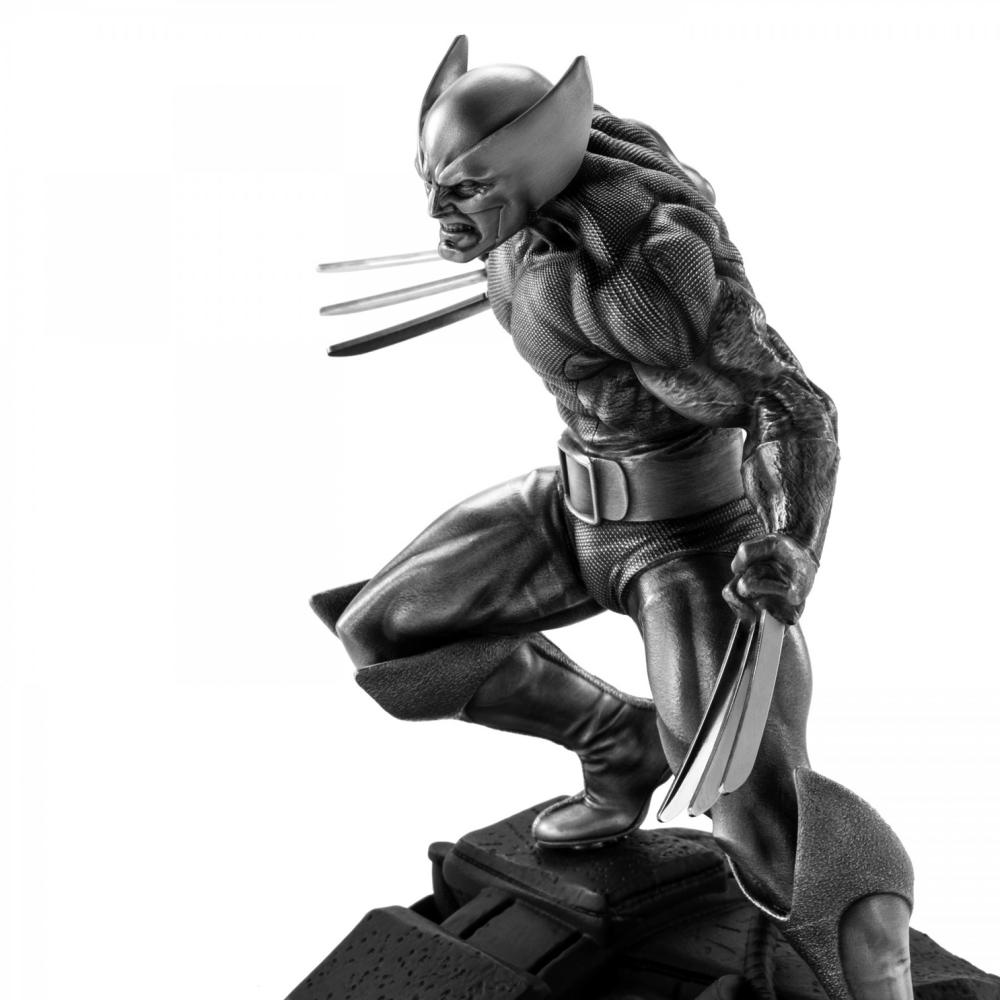WHEN Mufizal Mokhtar was young, he would be the one who drew on walls and took plasticine from other kids who were making small animals, and sculpt whole characters. He was good at art and going to art school looked to be like the logical conclusion. But his mother told him something that changed the course of his life. Something that made him who he is today.
His mother said: “Why would you want to go to an art school when you have been studying art ever since you were born? Why don’t you go learn something you don’t know? You can continue to study art by yourself because you have been doing it forever. So why don’t you spend the little money that we have to go learn something that you will never learn by yourself? But, learn something in a related field. Don’t take accounting, you are not good in maths.”
It was this piece of advice that led Mufizal down the path of becoming a man of many hats, many interests, and a passion for sharing his knowledge. He became a qualified sound engineer. However, professionally, he did something else.
As any fan of comics and superheroes would, Mufizal looked in awe at the giant-sized statues that adorn collectible stores. Characters from modern mythology made real. But the prices of those crafted pieces were prohibitively expensive for him.
“So I thought to myself, I can make my own.”
From there, he bought his own supplies and equipment and made his first sculpture, Badang.
While in Singapore, Mufizal visited XM Studio (known as Xenomorph Studio at the time). His curiosity about sculpting made him seem suspicious to the owners of the establishment, but his ability to sculpt led them to offer him a commission the very same day.
Every new commission came with its own challenges and its own opportunity to learn. For his first commission, he had to learn how to make moulds.
And then another opportunity came. XM Studios was commissioned to make an official Captain America piece and the task was handed to Mufizal. However, because the client was overseas, the work had to be done in ZBrush, a digital sculpting tool. It was another thing that he had never done before.
“That was when things started to roll,” said Mufizal.
He started his own company, Hand Made Object (HMO) premium collectible statues. Then, he began to mentor those who were interested in art and sculpting. Among his students were BBoyBlackz, the Malaysian who now makes figures of hip hop artistes, and Kenneth Tan, who started Kollectiv in Singapore.
He also innovated with every new project.
For Capcom’s Megaman X and Capcom’s Megaman X Zero figures, he and his team developed an internal structure for the two robotic Maverick Hunters. Capcom loved the idea and the design so much that it became canon.
For Capcom’s Morrigan, Mufizal and his team developed a resin finish that mimics the optical properties of the human skin and 3D sculpted eyes that made it look lifelike.
More recently, Mufizal’s works are featured in Royal Selangor’s superhero licensed collectibles, that are made based on art by Alan Quah.
“One company in Malaysia that I really admire is Royal Selangor. It is a local company that does a lot of artwork and does it all traditionally, and I am super impressed with it.
“So I approached the company via email. I told them I was a sculptor and what I do and asked if they had any projects we could work on together. My attitude was ‘jalan first’. I didn’t care about rejection.
“I didn’t receive a reply for a long time. But when I did, it said: ‘Thank you, we are not looking for anybody right now’.
“After a couple of years, Allan Quah contacted me and said: ‘Hey, Royal Selangor wants to do this project and do some pewter pieces ...’ Before he could finish, I said: ‘I’m in. Let’s go’,” recounted Mufizal.
While working with Royal Selangor, Mufizal brought in new technologies such as 3D resin printing, that resulted in highly intricate details.
In addition to being a fan of comics and superheroes, Mufizal is also a fan of video games. That is why HMO worked with Capcom to release some of their characters in statue form.
His creative skills and his interest in video games also led him to be credited as the art director of several mainline Assassin’s Creed games in his decade at Ubisoft Singapore.
Currently, Mufizal is the general manager for Virtuos Games Malaysia, a games company that specialises in co-development projects. It is a multinational company with nine studios and 16 offices around the world with 2,000 talents. Although they started in Shanghai, their headquarters is now in Singapore.
As the general manager, Mufizal is exploring the viability of creating a full-blown triple-A games studio in Malaysia.









